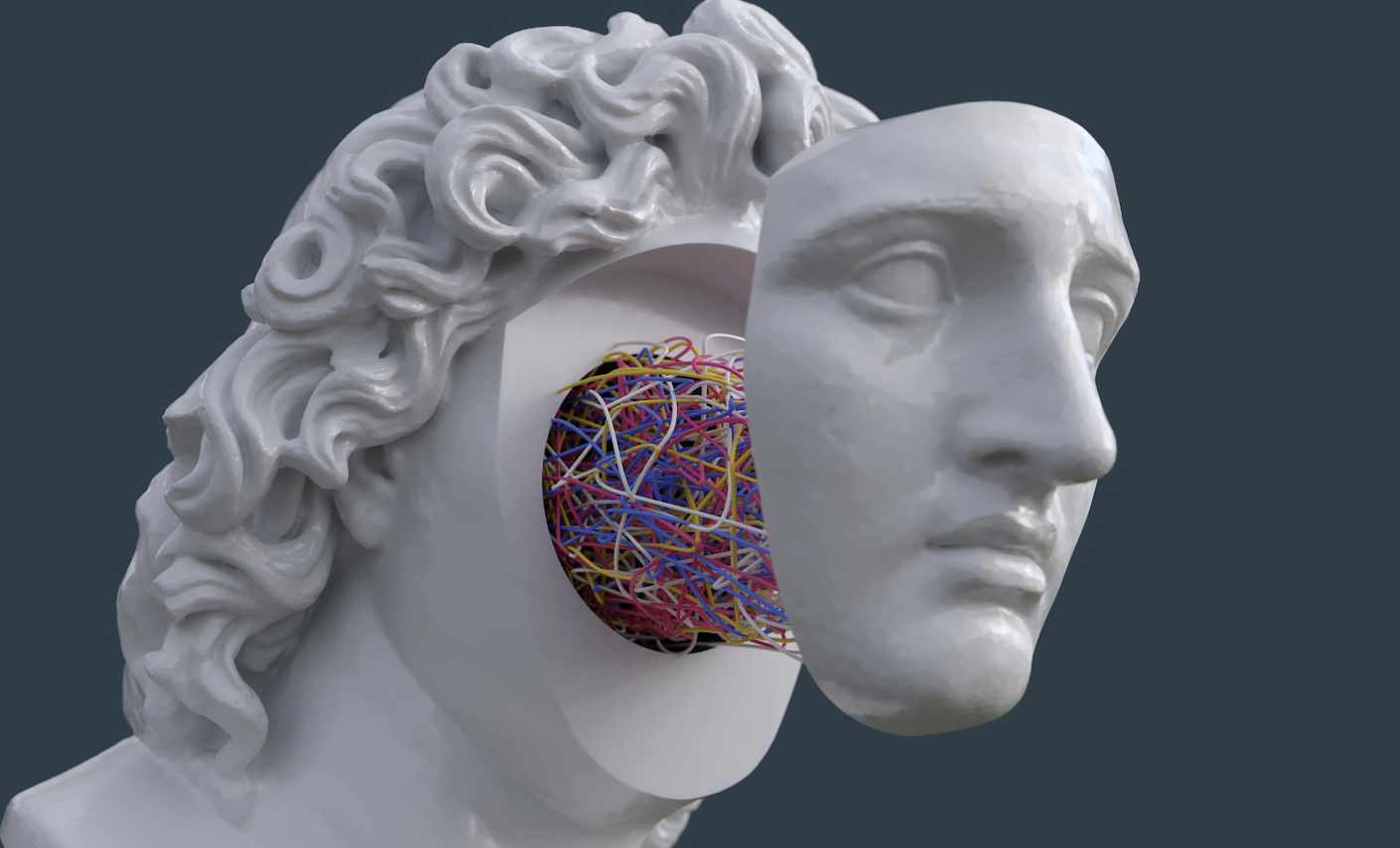What’s effective altruism? A philosopher explains

Effective altruism is an intellectual and charitable movement that aspires to find the best ways to help others. People dedicated to it rely on evidence and rational arguments to identify what they can do to make the most progress toward solving the world’s most pressing problems, such as reducing malnutrition and malaria while increasing access to health care.
A group of intellectuals, including the Oxford University philosophers William MacAskill and Toby Ord, coined the term in 2011. The movement was inspired in part by the philosopher Peter Singer, who has argued for an obligation to help those in extreme poverty since the 1970s.
Numerous effective altruist nonprofits have sprung up over the past 12 years. They research and implement ways to help others that they think will make a big difference, such as by providing people in low-income countries with malaria-fighting bed nets, safe water dispensers and low-cost cataract surgeries to restore eyesight.
Why effective altruism matters
Effective altruism has gained traction and mobilized tens of billions of dollars, in part because of its popularity among some extremely wealthy donors.
Perhaps the most affluent proponent is Dustin Moskovitz, who co-founded Facebook and the Asana digital work management platform. Moskovitz makes charitable giving decisions with his wife, Cari Tuna.
Before the collapse of the FTX cryptocurrency exchange that former billionaire Sam Bankman-Fried founded, he reportedly committed more than US$160 million to charities that are popular with effective altruists.
Elon Musk hasn’t been clear about his charitable giving preferences since he started to pour billions of dollars into his own foundation. But he has praised MacAskill’s most recent book, “What We Owe the Future,” sparking conjecture about the Twitter, Tesla and SpaceX CEO’s possible support for these giving practices.
The effective altruism movement also includes many donors without billions to give away.
Regardless of their wealth, all donors with this mindset can dedicate their own money or time to support their favorite causes.
One way they can try to do both at once is through what effective altruists call “earning to give”; they make as much money as they can and then donate most of it to charities they believe will do the most good per dollar spent.
Some effective altruist groups embrace a secular version of the religious tradition called tithing – and give 10% of their income to high-impact charities.
Others may devote their time to these causes by personally working, volunteering or advocating for organizations they believe will do a great deal of good.
Near and far
Effective altruists need to reach their own conclusions about a question they all must grapple with: Which causes do the most good?
When deciding whether to focus on an issue, they first consider three other questions. First, how big is the problem? Second, how much funding is currently devoted to addressing it? Third, are there any known solutions or systems that can or do make a difference?
Effective altruists also tend to land in two different camps.
“Neartermists” focus on problems facing the people and animals who are alive today. These effective altruists typically see problems related to extreme poverty as among the most significant issues that can be solved.
They are likely to support charities that have shown they can take just $7 and protect a child from malaria, $1 to deliver essential vitamin A supplements or $25 to cure someone of preventable blindness. Another main priority for neartermists is improving the conditions of livestock and the vast numbers of animals suffering in factory farms.
Longtermists emphasize problems that people who will be alive in the future might face.
Effective altruists in this camp often highlight the importance of trying to reduce the probability of artificial intelligence killing everyone on Earth, nuclear war, pandemics, climate change and other existential risks.
This article is republished from The Conversation under a Creative Commons license. Read the original article.





